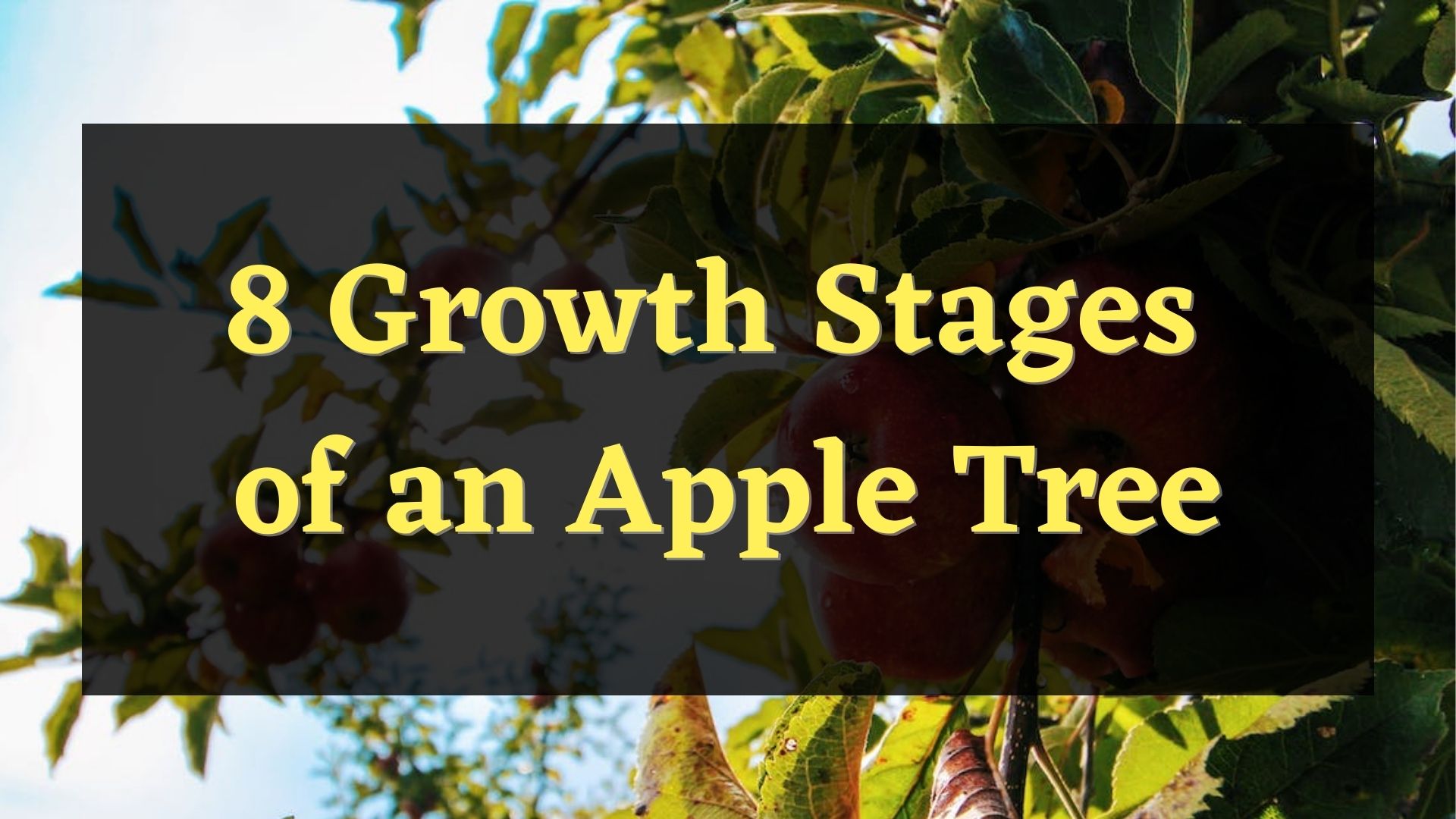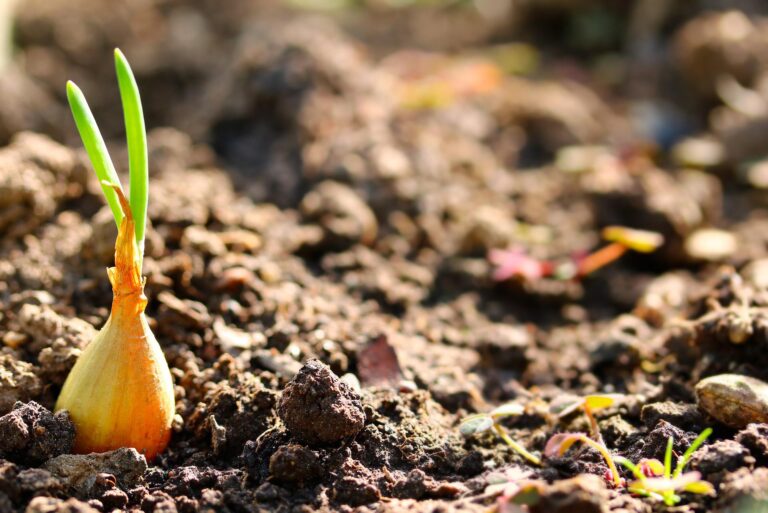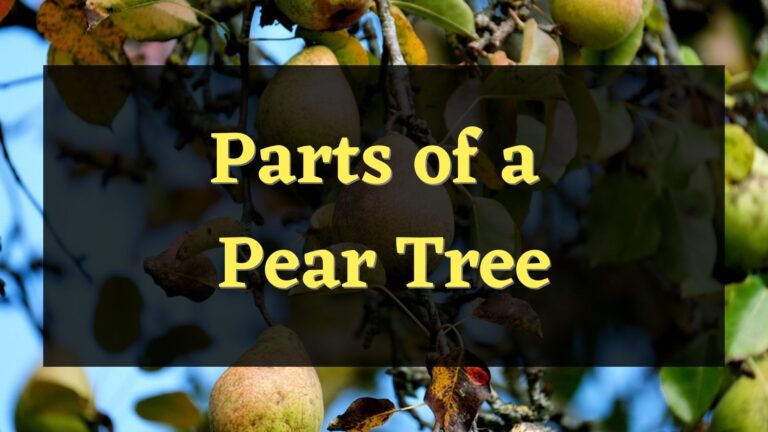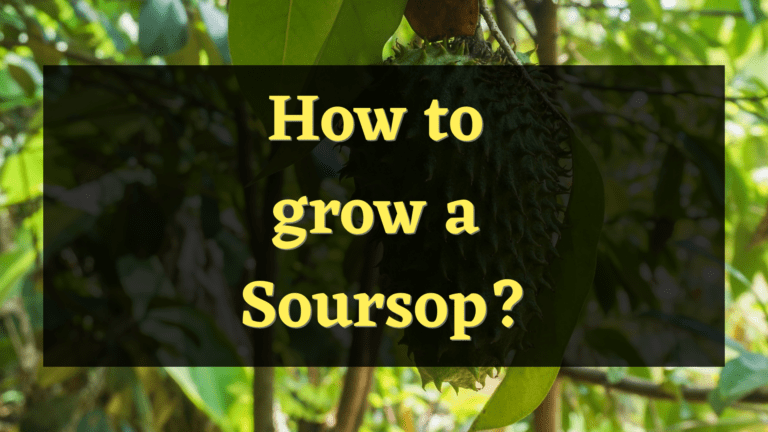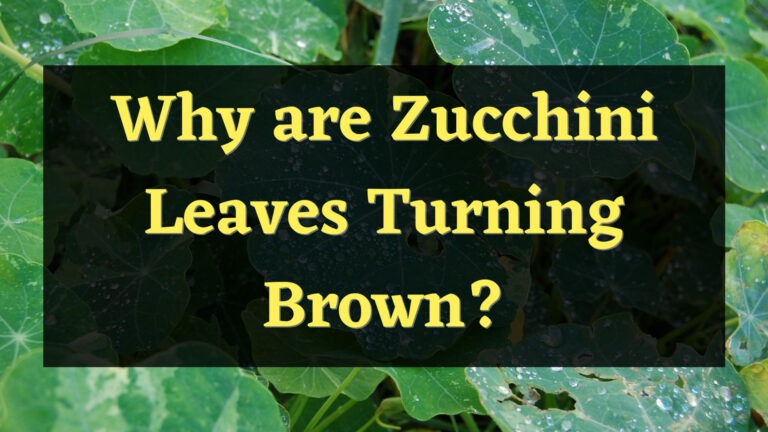The apple tree has many growth stages before reaching full maturity. After maturing, an apple tree will live for almost 100 years if not, even more before drying out. In this article, I will provide information about this tree’s growth stages starting from the planting stage until it dies out.
Every stage of its growth that you read will give you knowledge and understanding about how a tree cutting develops into a large tree that will produce these red juicy and tasty fruits.
What are the Apple Tree Growth Stages?
Planting
An apple tree begins its growth stages once it is planted. There are two ways to plant an apple tree, first is from an apple seed. However, most apple orchards plant apple trees by grafting. It is because the seedling apple trees and its parent tree’s genetics vastly differ and the seedling is usually, if not, most of the time inferior to the parent tree.
When planting apple cuttings, it is very important for you to find a spot where the sun can shine directly on your cutting. It is very important for an apple tree to be exposed to sunlight for at least 8 hours every single day.
For the soil, it is also important to determine its pH level. The right amount of pH from the soil that is suitable for an apple tree to grow is around 6 to 7 pH level. It is very important to find well-drained soil as the apple tree doesn’t like being soaked in water.
The standard space for the apple tree spacing is 20 to 25 feet for the normal apple trees and 6 to 8 feet for the dwarf apple trees.
Leafout
As your newly planted apple tree gets established and breaks out from its dormancy period, you will start to see it producing green leaves. In this stage of the young apple tree, it is best to start applying fertilizer to prepare your apple tree for its growing stage. It is very important to follow the labels on the product that you are using on your apple tree.
In this stage, it is very much required for you to be putting fertilizers on your trees to encourage your apple tree’s growth. The best ones are the ones that stimulate your tree’s roots so that it will be much easier for the roots to pull water from the soil. A leafing-out apple tree needs high-quality and soft soil around it.
Limb Growth
During this growth stage of an apple tree, its trunk and stems grow thicker. This is the time that the apple tree will have a very quick growth rate. And since the apple tree will get much bigger, it will also need more nutrients, water, and even sunlight. It is very important to fulfill all of the apple tree’s needs so that its growth will not be spurted.
Young apple trees need a lot of water. But it is also very important to keep in mind to water your apple tree deeply but slowly. Watering the roots and allowing them to absorb the water first before watering even more is the best way to give your apple tree water. Deep watering is a very suitable way to water your apple tree within its growing stage.
Budding
After the growing stage and your apple tree has become mature enough, your apple tree will start producing buds. This will start as a flower bud and eventually become a flower. But not all of the buds that the apple tree produces turn into flowers. Some of them turn into a new set of leaves and some of them even grow as a tree branches.
But when flower buds start growing on your apple tree, it is a good sign that your apple tree will be able to grow flowers next and bear fruits. This is also a sign that your apple tree has already become mature.
Flowering
After a few weeks or even months, the flower buds that your apple tree produced will start turning into flowers. The apple tree often starts blooming its first flower bud from the first spring until the late summer. The flower buds steadily grow on your apple tree and will eventually start increasing their sizes and will eventually open up to become a flower.
Many apple trees do not self-pollinate. Even if the trees have male and female flowers, these flowers are not compatible with each other. Hence, they need help from another variety of flowers to pollinate. This process is called cross-pollination. Cross-pollination is needed for almost all of the apple tree varieties to produce fruits.
If your apple fruit already buds but does not produce fruits, you will eventually need to do hand pollination. Common pollinators like bees, wasps, and even the wind are also very helpful for your apple tree’s pollination.
Bearing fruits
When the flowers that grew on your apple trees successfully pollinate, an apple fruit will grow from them. This fruit will start as a very small fruit but will continue to increase its size as the days pass by.
These apple fruits will start to mature and ripen after a number of months. The color of the fruit is the best indicator of when it is time for it to be picked and harvested. However, apples come in a wide variety, and each one of their ripeness also differs in color.
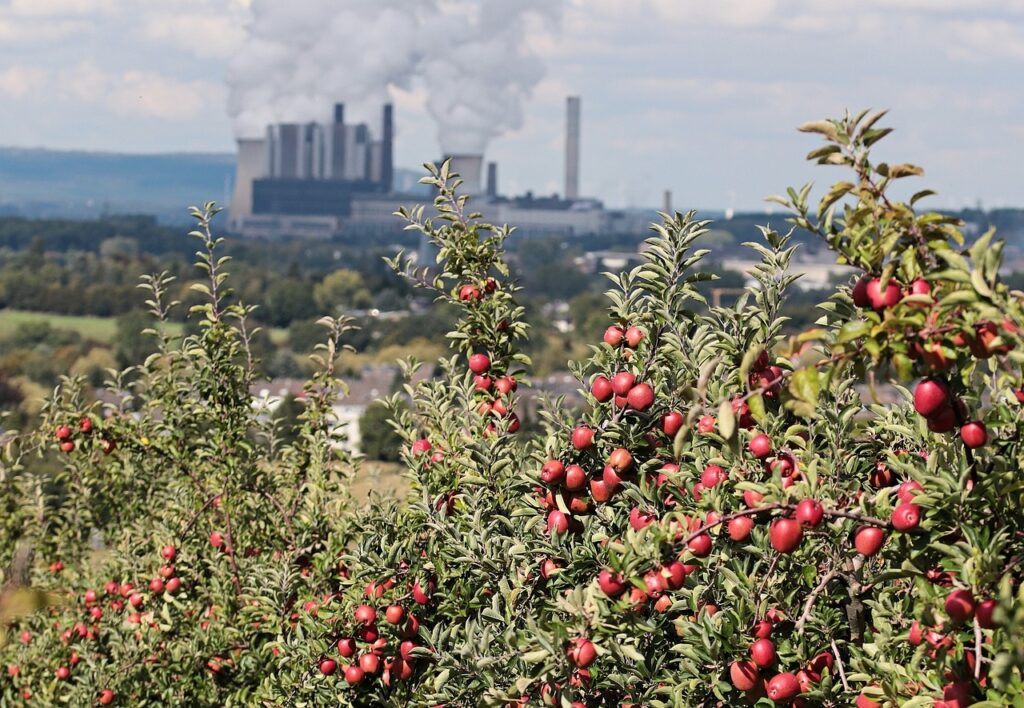
Like most fruit-producing trees, apple trees also want as much sun for them to grow best. It is also important to be mindful of controlling insects and diseases so that its fruit can have the best quality. Withholding Irrigation is one of the most effective water-saving strategies for enhancing the quality of the apple fruit and most especially the apple’s color.
Established Tree
In this stage, your apple tree will have grown accustomed to its environment and will develop a routine whether it will start growing, producing fruits, or resting. At this point, your apple tree will be regularly blooming and bearing fruits. However, overbearing and other problems may occur, but can also be easily avoided. This could lead to your apple tree only bearing fruit every other year.
The best solution for this is, pruning it regularly. Thinning your apple tree will help it improve the remaining fruits with their size, color, and quality. This will also be beneficial for your tree as this will avoid damaging your tree because of a lesser load of fruits. And most importantly, it will help the tree stimulate the next year’s bearing period and it will help the tree prevent a biennial bearing.
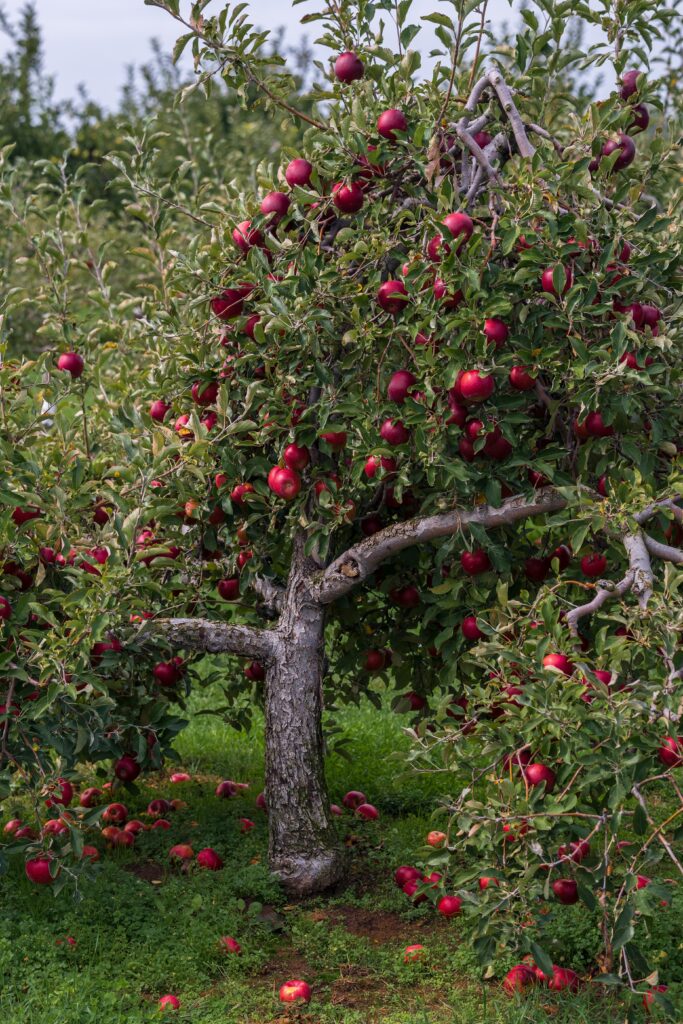
Drying
Even if the apple trees last for a very long time. In most cases, 50 to 80 years, and some of them have been recorded to live for more than 100 years. Apple tree drying and dying is part of its cycle.
After almost 100 years, the apple tree will start drying out and will eventually die. However by this time, with so many cuttings you’ll have in one apple tree. In decades of growth, a single tree would’ve helped produce thousands of apple trees within their lifetime. And the cycle of the apple tree’s growth will once again start from the first stage, Planting.
FAQs
How long does it take for an apple tree to grow?
The apple trees have three kinds of; standard, semi-dwarf, and dwarf apple trees. The standard apple tree sizes can take 8 years or more to fully mature and start bearing fruits. Some varieties of apples are more vulnerable to insects and diseases making it harder for them to grow. Pruning these apple trees will lower these diseases and will keep your apple tree healthy and very productive.
How often should I water apple seeds?
For the first weeks of planting your apple seeds, it is important for the seedlings to be watered regularly. After a couple of months, you can start to back you’re watering off for two to three days and by the time your apple trees have fully matured, you can slow your watering down to only just once a week.
How long does it take for apple seeds to produce fruit?
A standard apple tree can start producing fruit between four to eight years after it was planted. The average years of the fruit-bearing stage depend on the condition of your apple tree; how it was planted, how it was taken care of, and how suitable of an environment the tree is in.
However, the small counterparts of the standard apple tree which are the dwarf apple trees will start producing fruits within two years of their initial planting. Growing an apple tree from seed takes up to five to 10 years to bear fruits.
Conclusion
This tree has a lot of growth stages. Its stages are very similar to the other fruit-bearing tree’s growth and development. Each of the apple tree growth stages requires different treatment or care. These steps are vital for the apple tree’s growth and its fruit-production capabilities. Therefore, depending on the stage of growth the apple tree is in, it is crucial to provide for all of its needs.
Meet Tomas Clayton, a seasoned plant gardener who has been passionate about horticulture since he was a child. Tomas John developed a love for the natural world and a strong appreciation for the beauty of plants while growing up on a farm.

